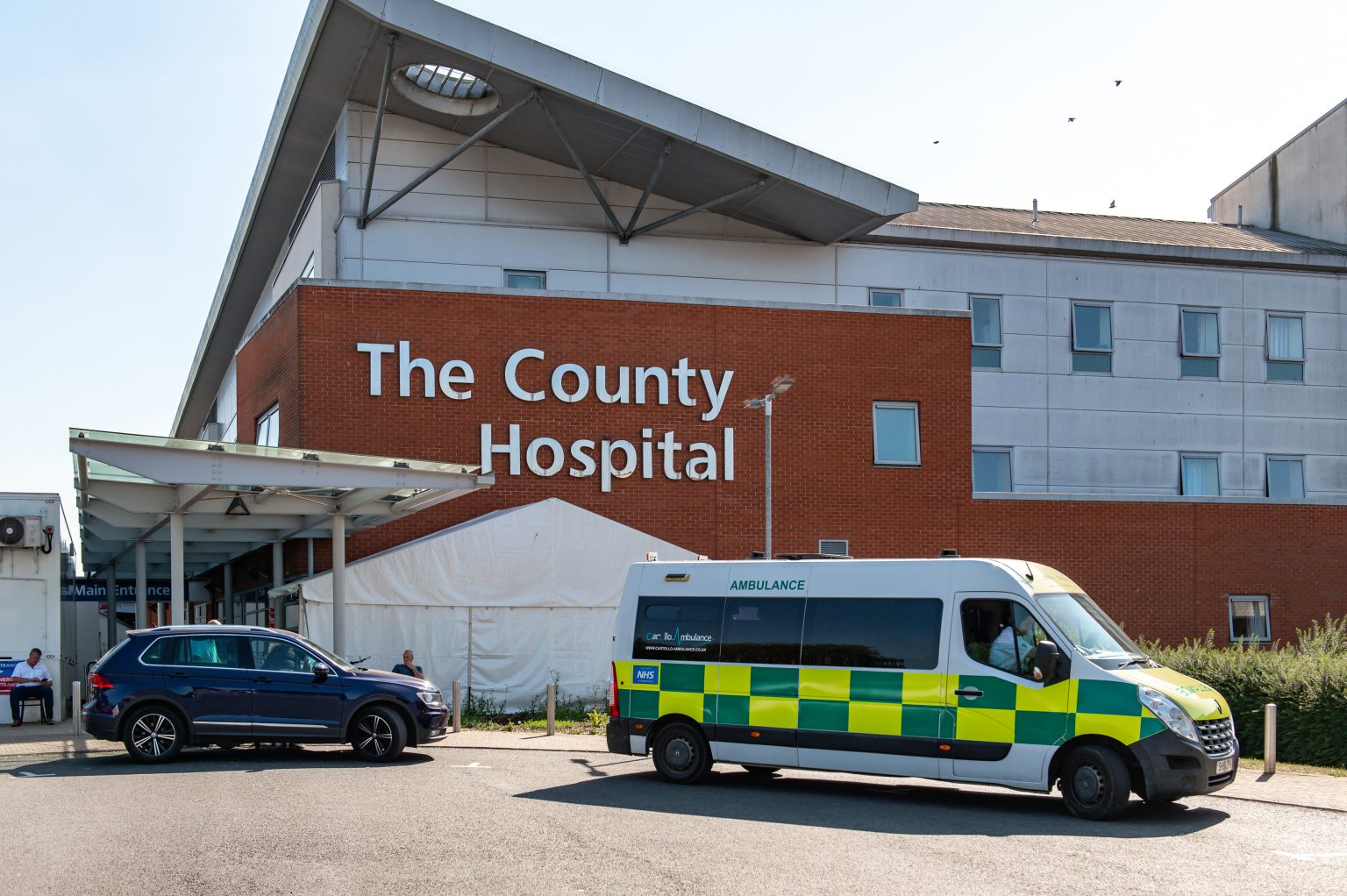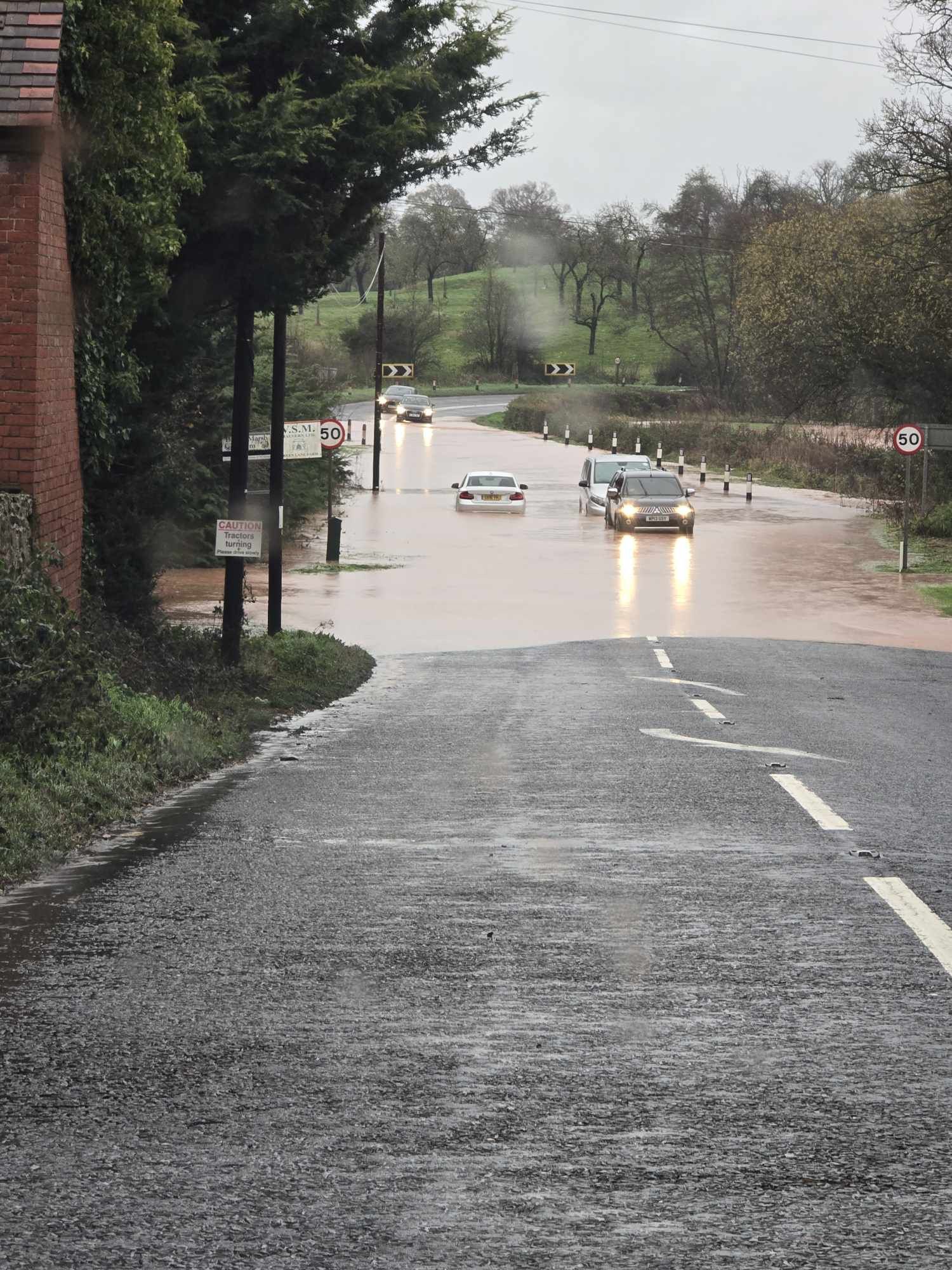The government has today accepted the recommendations from the independent NHS pay review bodies in full.
- Government today accepts recommendations in full from the independent NHS pay review bodies
- Over one million NHS staff – including nurses, paramedics and midwives – to get a pay rise of at least £1,400 with lowest earners to receive up to 9.3%
- Eligible dentists and doctors will receive a 4.5% pay rise
- Pay rise recognises the contribution of NHS staff while balancing the need to protect taxpayers, manage public spending and not drive up inflation
The government has today accepted the recommendations from the independent NHS pay review bodies in full.
The pay review bodies considered a range of evidence from various organisations including government, the NHS and trade unions.
All NHS staff under the remit of this year’s pay review will receive a pay rise. Over one million staff under the Agenda for Change contract, including nurses, paramedics and midwives, will benefit from a pay rise of at least £1,400 this year backdated to April 2022. This is on top of the 3% pay rise they received last year, despite a wider public sector pay pause.
This means that the lowest earners such as porters and cleaners will see a 9.3% increase in their basic pay this year, compared to last year. The average basic pay for nurses will increase from around £35,600 as of March 2022 to around £37,000 and the basic pay for newly qualified nurses will increase by 5.5%, from £25,655 last year to £27,055.
Dentists and doctors within the Doctors and Dentists’ Remuneration Body (DDRB) remit this year will receive a 4.5% pay rise as the government accepts the recommendations of the independent NHS Pay Review Body (NHSPRB) and the DDRB in full.
Across the public sector, these are the highest uplifts in nearly twenty years, reflecting the vital contributions public sector workers make to the country and the cost of living pressures facing households.
Last year, NHS staff received a 3% pay rise while the government temporarily paused pay rises for wider public sector workers with salaries over £24,000. This means that over the last five years, the non-medical workforce (including nurses and paramedics) has on average received a cumulative pay rise of over 18% and consultants have received a cumulative pay rise of around 15%.
The average nurse’s salary has increased from £32,385 in 2018/19 to £37,000 in 2022/23, following this latest pay rise.
Some staff will also continue to benefit from performance pay, overtime, pay progression and pay rises from promotion, alongside the pay uplift.
Health and Social Care Secretary Steve Barclay said:
This government hugely values and appreciates the dedication and contribution of NHS staff which is why we will give over one million NHS workers a pay rise of £1,400 this year, on top of the 3% they received last year when pay rises were temporarily paused in the wider public sector.
We asked the independent pay review bodies for their recommendations and I am pleased to accept them in full.
We want a fair deal for staff. Very high inflation-driven settlements would have a worse impact on pay packets in the long run than proportionate and balanced increases now, and it is welcome that the pay review bodies agree with this approach.
Pay awards this year strike a careful balance between recognising the vital importance of public sector workers, whilst delivering value for the taxpayer, not increasing the country’s debt further and being careful not to drive even higher prices in the future. Sustained higher levels of inflation due to very high inflation-driven settlements would have a worse impact on pay in the long run than proportionate and balanced increases now.
Those already in multi-year deals were not in scope of the pay review body’s recommendations this year. In 2018, the government and BMA agreed to a multi-year pay deal for junior doctors. Now in its final year, this guaranteed an 8.2% rise in pay over four years. It came alongside £90 million of additional investment, providing the most experienced junior doctors with higher pay, increasing allowances for those working the most frequently at weekends and increasing rates of pay for shifts finishing between midnight and 4am.
As a result of continued investment in recruitment and retention of the health and social care workforce, there are over 4,000 more doctors and over 9,600 more nurses working in the NHS compared to last year and the NHS will publish a 15-year workforce plan in due course demonstrating its continued commitment to recruiting, developing and retaining the best staff.
The pipeline for domestic doctors is being significantly expanded and the number of funded medical school places has increased by 1,500 (25%). The first wave of these students will begin to enter foundation training from this year. This expansion has also delivered five new medical schools in England.
Alongside this, all eligible nursing, midwifery and allied health professional students will benefit from a training grant worth at least £5,000 a year, with up to £3,000 extra available for childcare and those studying certain specialisms.
As part of a £210 million investment in professional development, every nurse, midwife and allied health professional working across NHS hospital and community care and general practice has access to a personal training budget of more than £1,000 over three years to support their personal learning and development needs.
The government has targeted wider support for the cost of living to those most in need. The pay awards should be viewed in parallel with the £37 billion package of support that has been provided. Most overall pay awards in the public sector are similar to those in the private sector. The median private sector pay settlement, which is the metric most comparable to these Pay Review Body decisions, was 4% in the three months to May.
Contains public sector information licensed under the Open Government Licence v3.0.




